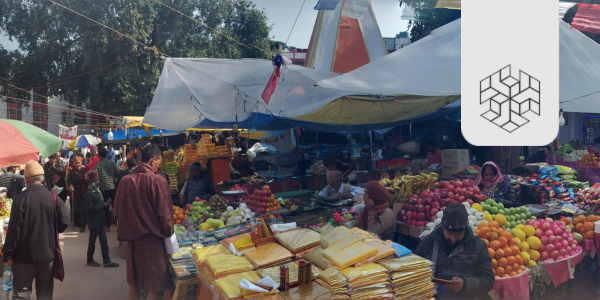Authored by: Radhika Nair
Edited by: Soumya Singhal
ABSTRACT
According to the United Nations High Commissioner for Refugees [UNHCR], a total of 208, 065 refugees and asylum seekers live in India (UNHCR 2021:1). Since the country is not a party to the 1951 Convention on the Status of Refugees or its 1967 Protocol, it does not have any national laws and policies on refugee protection. Its approach towards refugees has been largely political and administrative. Additionally, the judicial approach has been predicated on India’s constitutional and international law obligations, as well as applying humanitarian law principles for refugee protection.
This paper discusses the international law approaches to refugee protection. It examines the existing framework in India with regard to refugees by studying the political-legal regime that regulates it. It also evaluates India’s fulfilment of its obligations under domestic law as well as customary international law, to critically analyse the treatment of refugees. Finally, it discusses the need for dedicated legislation pertaining to the protection of refugees in India.
INTRODUCTION
On 28th May 2021, the Central government issued a notification inviting applications for Indian citizenship from persons belonging to minority communities in Afghanistan, Bangladesh, and Pakistan residing in 13 districts in Gujarat, Rajasthan, Chhattisgarh, Haryana, and Punjab (Ministry of Home Affairs [MHA] 2021:2). This order is made under the Citizenship Act of 1955 and was made possible after the amendment of the Act in 2019. This recent development with regard to the grant of Indian citizenship to refugees has also brought forth the peculiar situation of refugees and asylum seekers all across India, where there is inconsistency in their treatment and protection.
its efforts to remain neutral in the Cold War politics of that era and partially due to the Eurocentric approach to refugee protection formulated in the aftermath of World War II (Sen 2003: 399; Chimni 2003: 444). Sadly, the 1951 Convention is not comprehensive enough for the South Asian contexts. This is because it takes an individualised approach to refugee entry and does not take into account cases of mass inflow or a mixed flow of refugees from neighbouring countries, something usually experienced by South Asian countries with porous borders like India (Saxena 2007). The grounds for persecution under the 1951 convention refer only to civil and political rights, which are held higher in Western societies. These grounds are not inclusive of economic, social, and cultural rights, which may be more relevant to developing countries in the Global South (Islam 2013: 23). Thus, most asylum seekers from developing countries would be ineligible to claim refugee status in Western countries which, at any rate, would be more comfortable offering asylum to persecuted minorities from the First World (Ibid).
Additionally, the Convention stays silent on the idea of international burden-sharing which is extremely relevant in the case of developing countries hosting the majority of the world’s refugee population (Islam: 248). The Convention fails to confer any minimum responsibility on the part of states not burdened with mass refugee inflow or those with poor asylum practices. This omission is a disconcerting fact for developing countries that already lack the capacity to accommodate incoming refugees. Lastly, the 1951 Convention also does not account for the national security interests of the receiving state, which was another sore point for India (Chimni 2003: 445). Surprisingly, despite its apprehensions to accede to the 1951 Convention and no domestic refugee law of its own, India has been able to follow a refugee protection policy that is more or less in conformity with broad international law and principles.
INTERNATIONAL LEGAL FRAMEWORK WITH RESPECT TO REFUGEES
The 1951 Convention is the core international instrument outlining the treatment of refugees with respect to their welfare, travel, employment, resettlement, and asylum status. The Convention is supplemented by the 1967 Protocol relating to Status of Refugees. At present, there are 148 countries that are Parties to one or both of these instruments. The Office of the UNHCR is a humanitarian, non-political organization, which receives its mandate from the 1951 Convention and has the core responsibility to provide protection to refugees.



